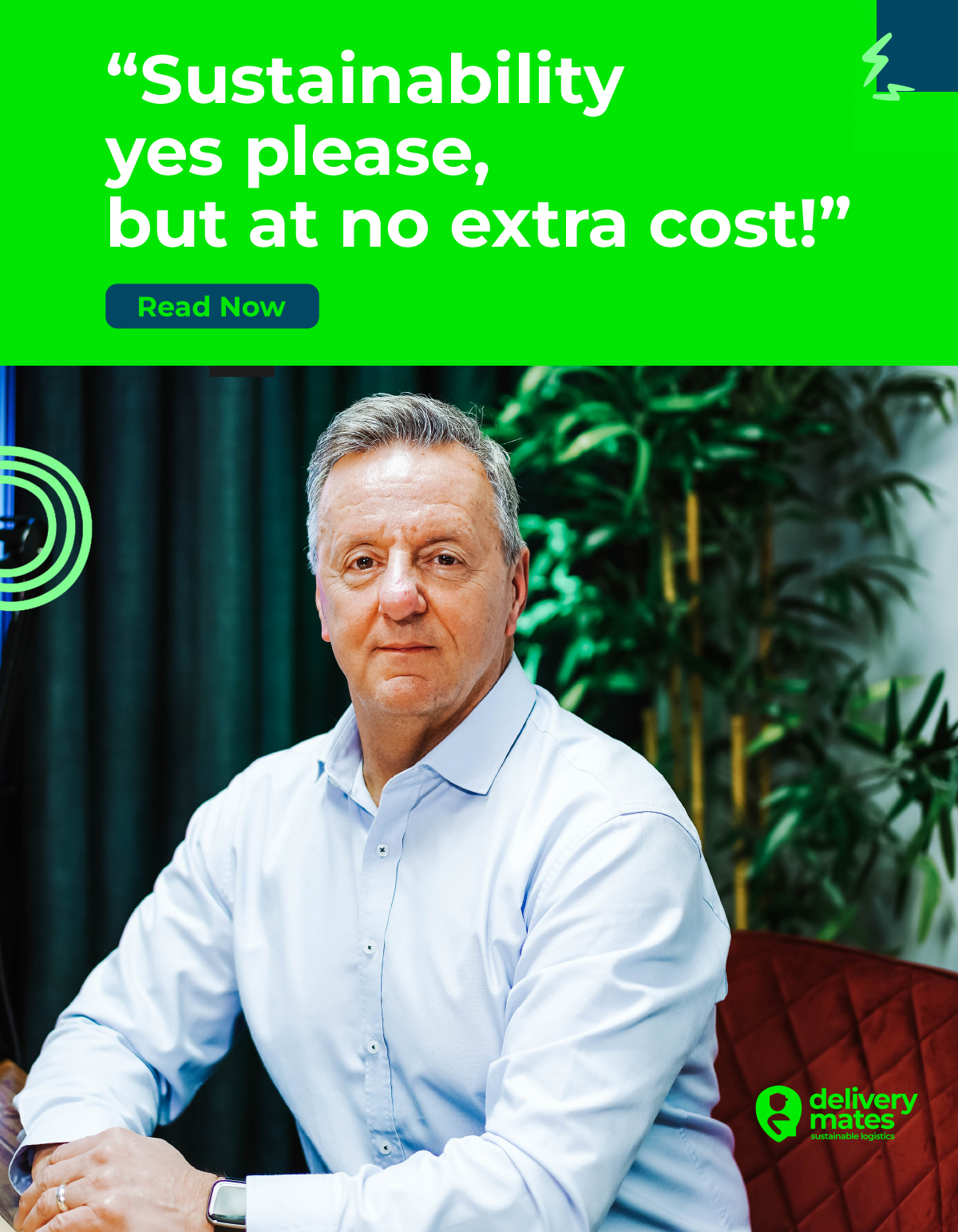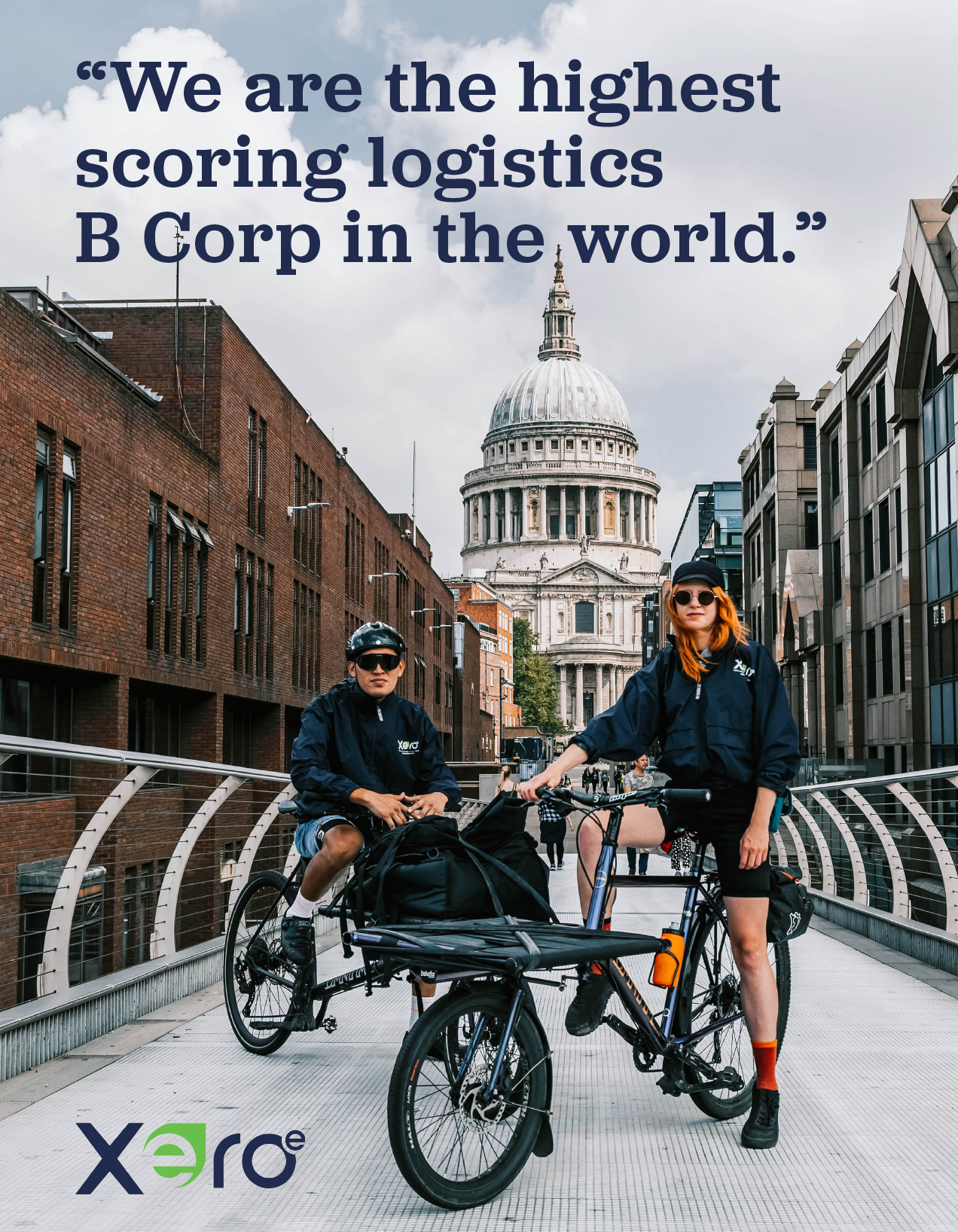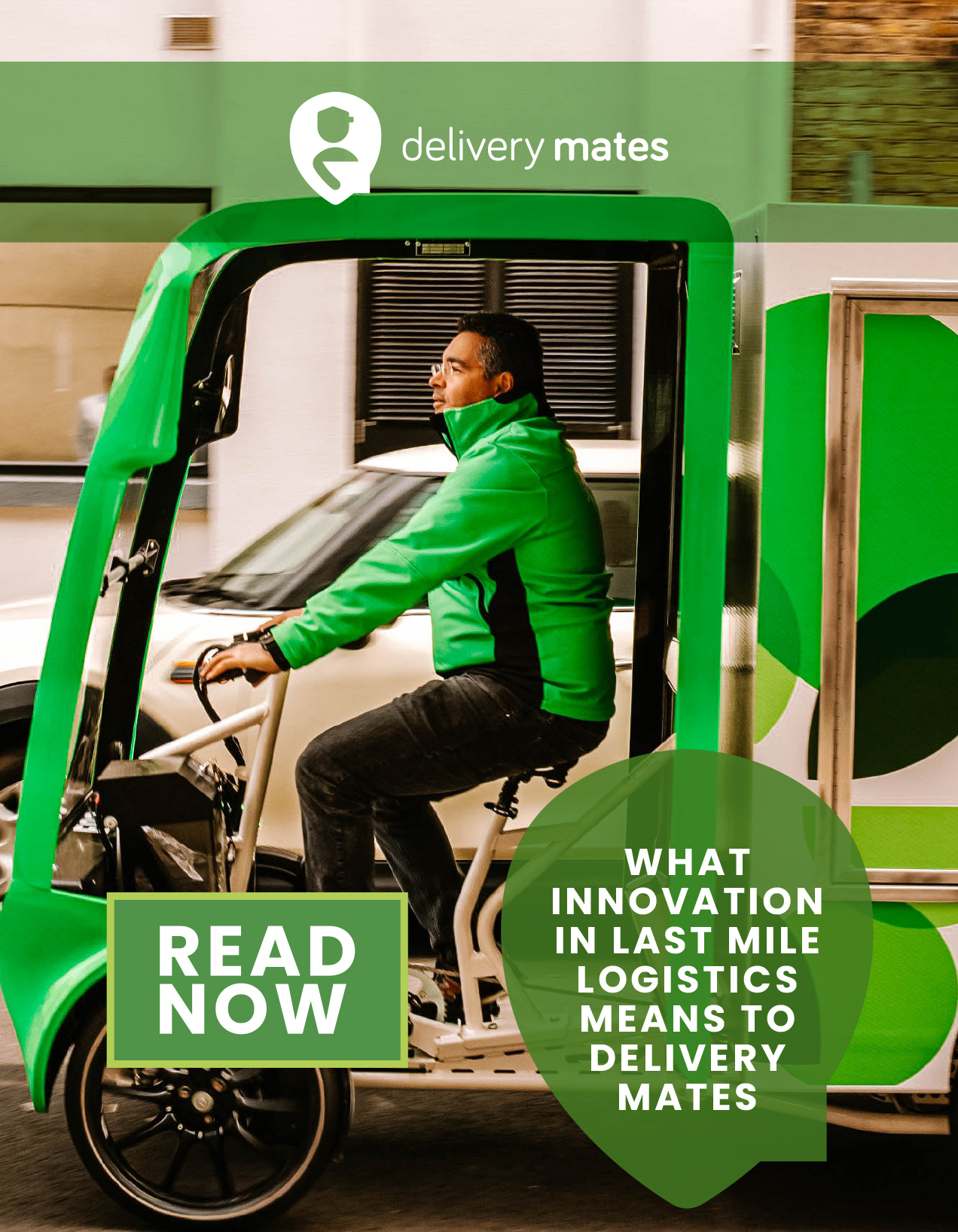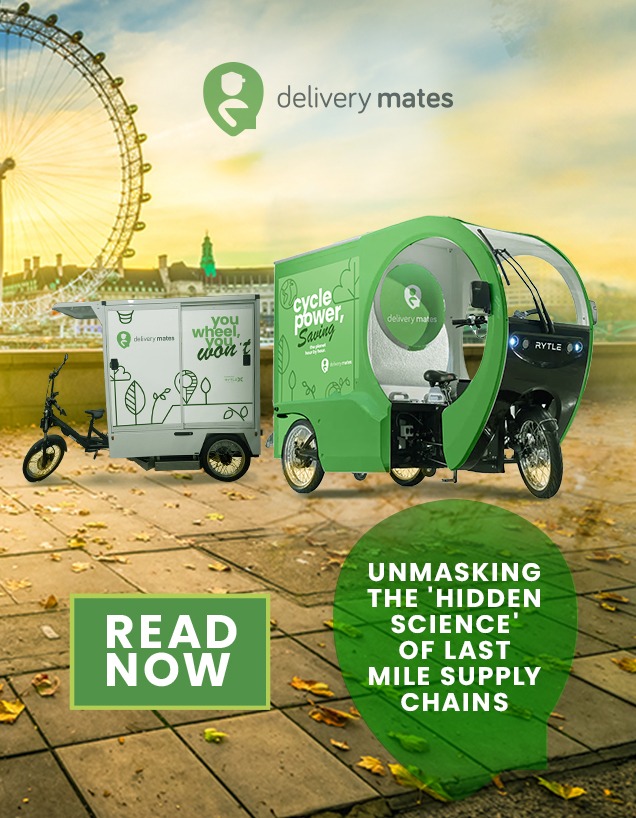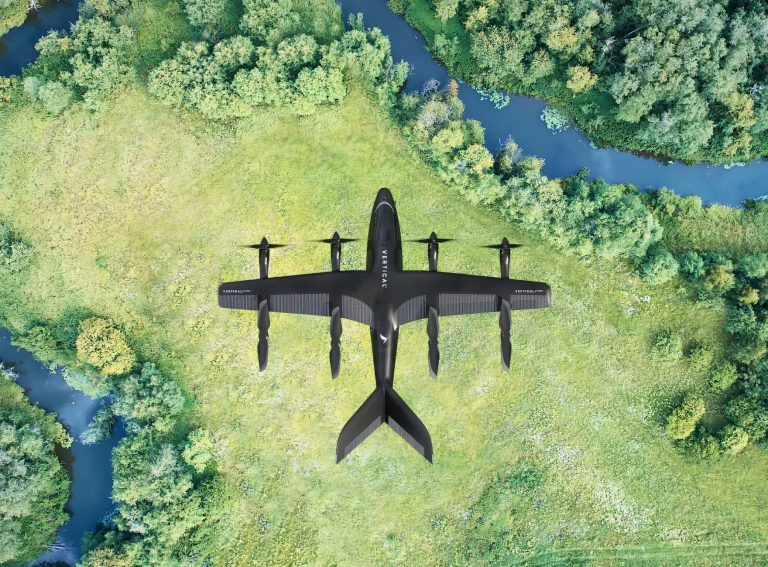We focus on powered micromobility as we believe this is the most important change to how we move around urban areas in modern times – where simply adding a battery to a shared vehicle opens up new potential users and journeys.
The battery boost in a “pedelec” bicycle, or that powers kick-scooters, allows for effortless last-mile travel without needing to break a sweat to get to your destination quickly.
You can go further for the same effort, spend less time on your commute and more time at your destination.
Zag Daily has been given access to journey data from the West Midlands Cycle Hire (WMCH), which has covered nearly a quarter of a million journeys over its first year.
In a previous article, we looked at the area itself in detail, noting that the Coventry student population has quickly emerged as a key user. But there is another key data point that Zag has obtained – whether there’s a battery on board.
As well as regular pedal cycles, the scheme has included an increasingly large proportion of e-bikes since December last year. Almost fifty thousand rides later, we have a good set of data to understand how electric bikes are changing WMCH. This can give us an insight into why battery assist could be such a game-changer across all cities.
Journeys: faster
Journeys are quicker on electric bikes, and users travel further. This is not an unreasonable assumption, and is borne out by the data.
In WMCH, the average “dock to dock” journey on an electric bike is 1.4 miles at an average speed of just over 7 mph. On a manual bike, the average journey is 1.1 miles at an average speed of just over 6 mph. (These speeds look low but include pauses at lights and junctions. Electric bikes can legally boost journey speeds up to a maximum of just over 15 mph).
The distances and speeds suggest that the bicycles are fulfilling a “last mile” function, a distance that is just a bit too far for most people to regularly walk. The increased speeds for e-bikes shows that they are opening up the potential for slightly longer journeys.
These electric bikes then are catering well for journeys in the West Midlands towns and cities that have large urban centres and low densities.
This should encourage operators and planners to expand their operating zones for bikeshare systems when electric bikes become available, as this will allow users to take full advantage and travel the longer distances they are more comfortable with on electric bikes.
Popularity
Where electric bikes are available at a docking station, they are much more likely to be used.
Across the study period, 11% of the West Midlands fleet has been electric, but these bikes have carried 31% of the total journeys. Expressed another way, this means the e-bikes are being used almost three times as much as the manual bikes. Each electric bikeshare bike is being used on average more than once a day, during the traditionally quiet winter season, and this utilisation is likely to only further increase. It is strong evidence that people really like a battery assist if they need to use a bikeshare bike, and the increased fees are not acting as a disincentive.
Analysing these numbers, Zag believes this is a compelling demonstration that electric bikeshare systems are the way forward, opening up the fleets to more users and more potential journeys.
E-bikeshare in the UK
There is now significant momentum for new bikeshare schemes turning electric in the UK.
All three of London’s e-scooter operators have recently introduced electric bikes into their fleets, and the city’s main bikeshare system, Santander Cycles, will be going partially electric from this summer.
The usage rates shown by electric bikeshare in the West Midlands make a compelling case for specifying e-bikes rather than manual bikes in all future bikeshare tenders.


